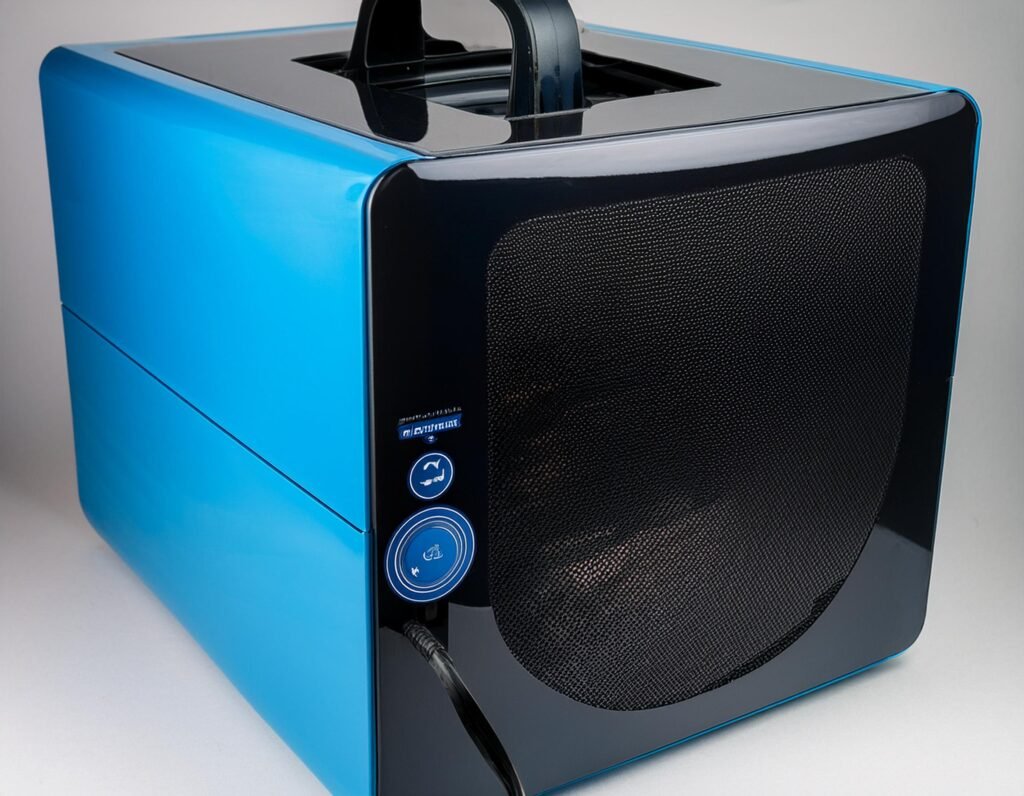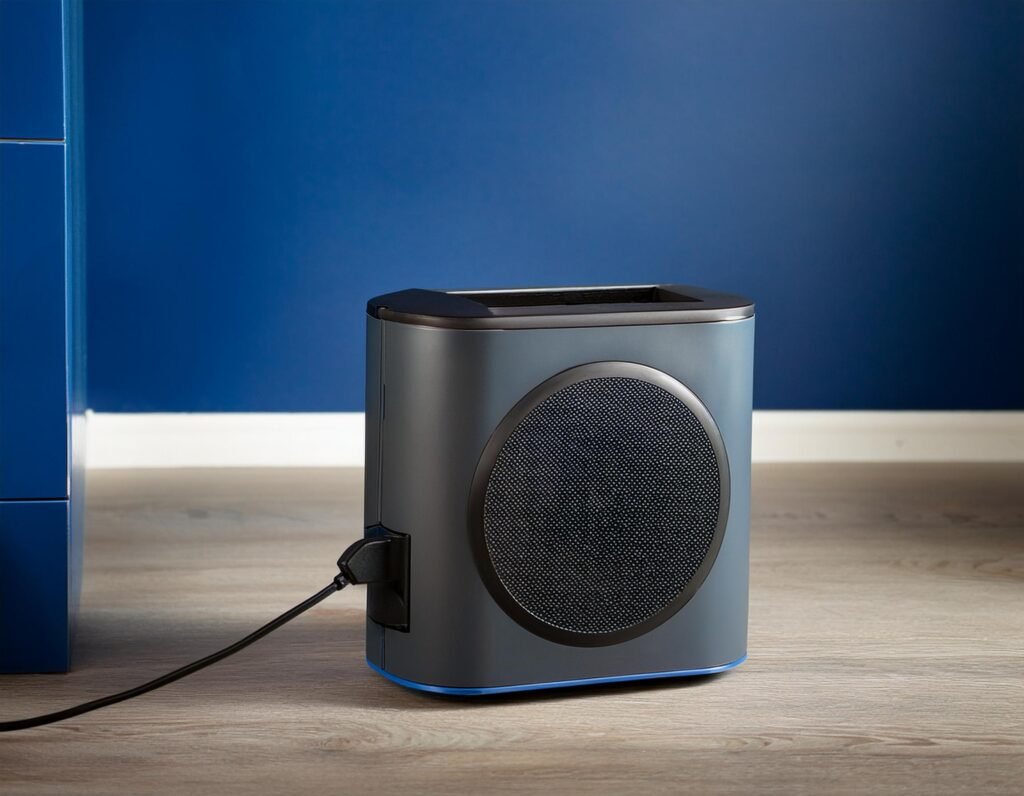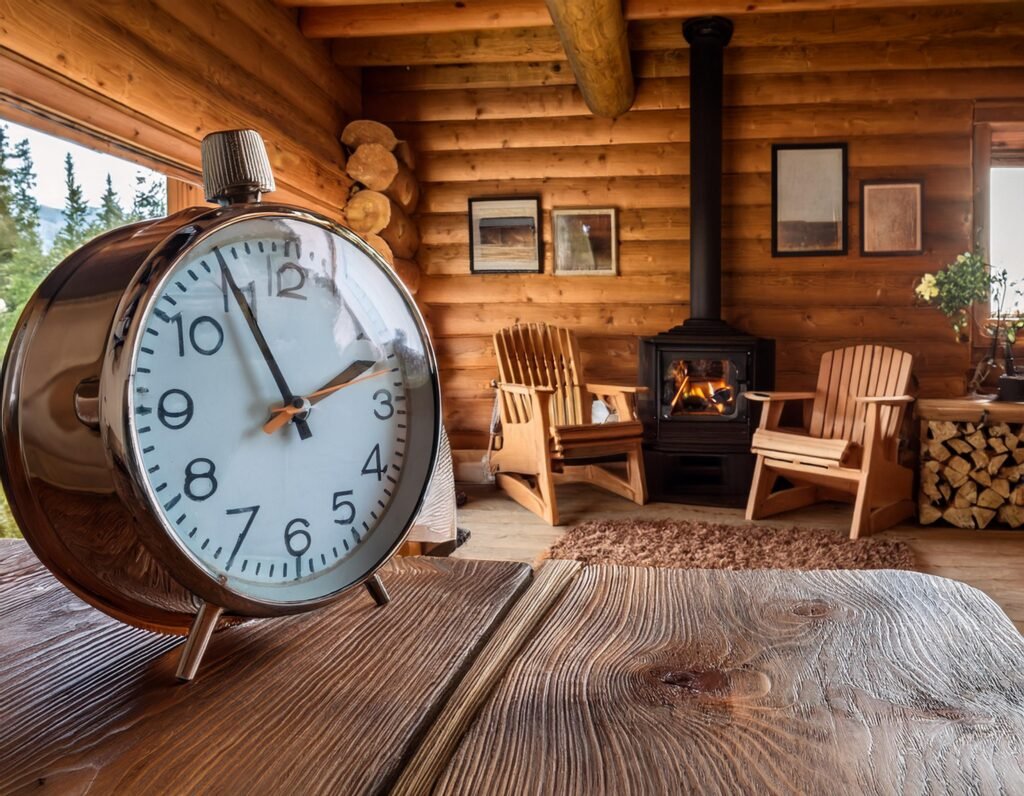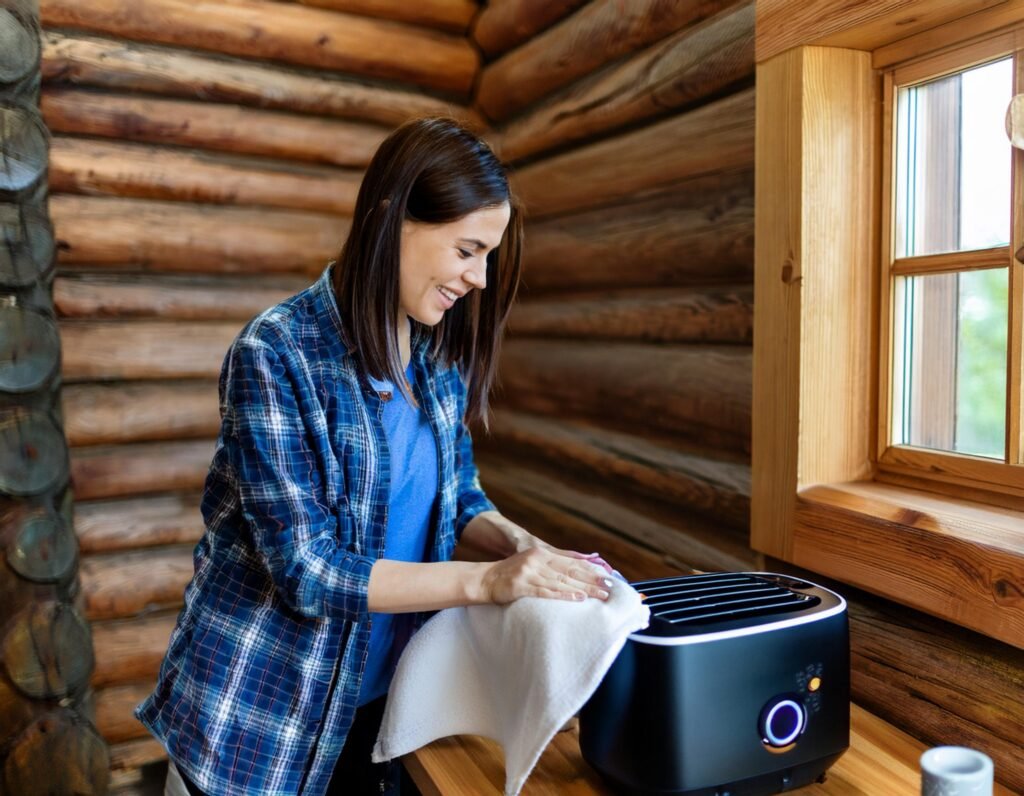Alright, folks! Let’s talk about something that sounds fancy but is pretty straightforward: ozonators. You might’ve stumbled across the concept of an Ozonator while trying to find ways to keep your air cleaner or even while searching for that secret weapon against musty odors in your cabin. Ozonators generate ozone, a gas that can help eliminate smells and purify the air. But before you rush out and buy one, hang tight. Using these machines safely is vital to reaping their benefits without compromising your health. So, let’s dive into the safe way to use an ozonator!
Table of Contents – Ozonator Safety Tips
Understanding Ozone: The Double-Edged Sword

Before diving into the nitty-gritty of using an ozonator, it’s essential to understand what ozone is. Ozone (O3) is a molecule made up of three oxygen atoms. Yup, that’s right—three! It’s a powerful oxidant, and while it can be beneficial for purifying air and eliminating odors, it also has the potential to cause harm if misused. Ozone can be irritating to your lungs and throat, especially at high levels. Think of it like fire: great when controlled, but devastating when left unchecked.
So, how can we ensure that we wield this double-edged sword safely? Let’s break it down.
Tip 1: Know Your Ozonator

Different ozonators can serve different purposes, so before you hit that buy button, you should be aware of what you need one for. Are you trying to purify air in a small room, or do you need it for larger spaces like a garage or basement? Research the specs of your ozonator, as it might have different capacities and features. Here’s a handy list of things to look for:
– Ozone output level (measured in mg/hr)
– Coverage area (square footage)
– Timer settings (to control how long it runs)
– Safety features (auto shut-off, indicator lights, etc.)
– Portability (can you easily move it around?)
Tip 2: Choose the Right Space

Location, location, location! It’s not just for real estate; it’s crucial for using an ozonator too. You want to utilize it in a space that allows for proper ventilation and is away from people and pets. Here are some ideal spots:
– Unoccupied rooms (think basements, attics, or garages)
– Areas with high odors (like trash rooms or pet areas)
– Spaces with mold issues (but be sure to address the source too!)
While ozone can kill mold spores in the air, it won’t cure the root cause if there’s water damage or humidity issues.
Step 3: Prep the Space
Before firing up your ozonator, it’s prep time! Just like you wouldn’t throw a party without good music and snacks, you wanna set the scene first. Here’s a checklist for preparing your space:
– Remove any plants and pets: Ozone can irritate their lungs!
– Seal windows and doors: This ensures the ozone stays in the space you’re treating.
– Clear out personal items: Get rid of anything you don’t want to be exposed to ozone.
Tip 4: Timing is Everything

Ozone can take time to do its magic, but don’t overdo it! Follow the manufacturer’s instructions for how long to run your ozonator. Most machines will have a timer you can set. Remember: more isn’t always better. Overexposure can lead to that tell-tale headache or throat irritation. Here’s a general guideline:
The duration for using the ozonator depends on the size of the space and the desired ozone concentration. Consult the owner’s manual that comes with your device. Here are the recommended usage times for different room sizes and odor levels:
Recommended Usage Times
- Mild Odor (1 ppm Ozone Concentration)
- Car (up to 300 sq ft): 20 minutes
- Room (up to 1,000 sq ft): 60 minutes
- Room (up to 2,000 sq ft): 200 minutes
- Room (up to 3,000 sq ft): 400 minutes
- Strong Odor (2 ppm Ozone Concentration)
- For strong odors, double the time recommended for mild odors:
- Car (up to 300 sq ft): 40 minutes
- Room (up to 1,000 sq ft): 120 minutes
- Room (up to 2,000 sq ft): 400 minutes
- Room (up to 3,000 sq ft): 800 minutes
- For strong odors, double the time recommended for mild odors:
Important Usage Notes
- Maximum Duration: Do not exceed twice the recommended time for any space size, as extremely high ozone levels can oxidize metals and cause corrosion.
- Ozone Break Down: Ozone starts breaking down after 60 minutes, so for durations longer than 60 minutes, the machine produces new ozone to replace what has broken down.
- Safety Warning: Always use the ozonator in unoccupied spaces and allow the area to air out for at least 30 minutes after turning off the machine. Ensure no people or pets are present during operation.
These guidelines ensure the effective and safe use of the ozonator while minimizing potential damage from overuse.
Tip 5: Air it Out After Use

Once your ozonator has worked its charms, it’s time to let the good air back in! Ozone dissipates relatively quickly, but you don’t want to rush back into the space just yet. Here’s how to safely transition back in:
– Open windows and doors: Ventilation is key to clearing out residual ozone.
– Allow extra time: Waiting for at least 1 to 2 hours ensures the air is ozone-free.
– Use a fan: To speed up the process, use fans to help circulate the air.
Tip 6: Monitor Your Health
After you’ve used your ozonator, keep an eye on your health and the health of those around you. If anyone starts to feel any discomfort, it might be a sign that the ozone levels are too high. Signs to watch for include:
– Headaches
– Throat irritation
– Coughing or difficulty breathing
– Nausea
If you experience these symptoms, step outside for fresh air and allow the space to ventilate longer before returning.
Tip 7: Regular Maintenance and Care of An Ozonator

Just like your car needs oil changes, your Ozonator requires maintenance, too! Please keep it clean and check for issues to ensure it functions optimally. Here’s a maintenance checklist:
Proper maintenance for an ozonator involves regular cleaning and inspection of key components to ensure optimal performance. Here are the detailed steps for maintaining an ozonator:
1. Cleaning Ozone Plates
- Frequency: Wipe down ozone plates every 3-6 months or whenever the ozone smell decreases.
- Procedure:
- Turn off the machine and unplug it from the power source.
- Remove the ozone plates from the machine carefully.
- Use a soft cloth or brush to wipe the plates clean. Avoid using harsh chemicals; warm water with mild soap is sufficient.
- Ensure the plates are completely dry before reinserting them into the machine.
- Replacement: If the ozone smell remains minimal even after cleaning, replace the ozone plates. Look for cracks or burnt marks as indicators for replacement.
2. Cleaning the Front Grill and Fan
- Procedure:
- With the machine off, remove the front grill by unscrewing the four hand screws.
- Wash the grill with water and mild soap, and let it dry completely before reattaching.
- Wipe down the fan using a dry or slightly damp cloth to remove dust and debris.
3. General Maintenance Checks
- Ensure the unit is plugged in properly and switched on when in use.
- Verify that the wall outlet is functioning correctly.
- Inspect the fuse, making sure it is installed properly and in good condition. Replace the fuse if necessary (use a 2-amp fuse, 5mm x 20mm).
- Regularly check the ozone plates for proper installation, cleanliness, and absence of damage.
4. Safety Considerations
- Always use the ozonator in unoccupied spaces, as high ozone levels can be harmful to health.
- After turning off the machine, allow at least 30 minutes for the area to air out before re-entry. Open doors and windows if necessary.
- If an ozone smell persists, do not remain in the space.
5. Ordering Replacement Parts
- Replacement ozone plates can be ordered from the manufacturer’s website or by contacting their customer support.
Regular maintenance will help extend the lifespan of your ozonator and ensure it operates safely and effectively.
Video: Using Ozone Safely
Final Thoughts About The Safe Way to Use an Ozonator
Using an ozonator can be a game-changer for improving air quality and eliminating stubborn odors. Just remember: it’s important to handle it responsibly! By following the steps outlined in this guide, you’ll be able to harness the power of ozone while keeping everyone’s health and safety in mind.
So, if you ever feel like your home needs a breath of fresh air, don’t hesitate to give that ozonator a whirl! Just remember to prep the space and use it.
Related Reading
5 Steps For Using An Ozone Generator In Your Cottage or Cabin – Quickly Zap Musty Smells
A Step-by-Step Guide to Restoring a Log Cabin – Plus 7 Helpful Videos



